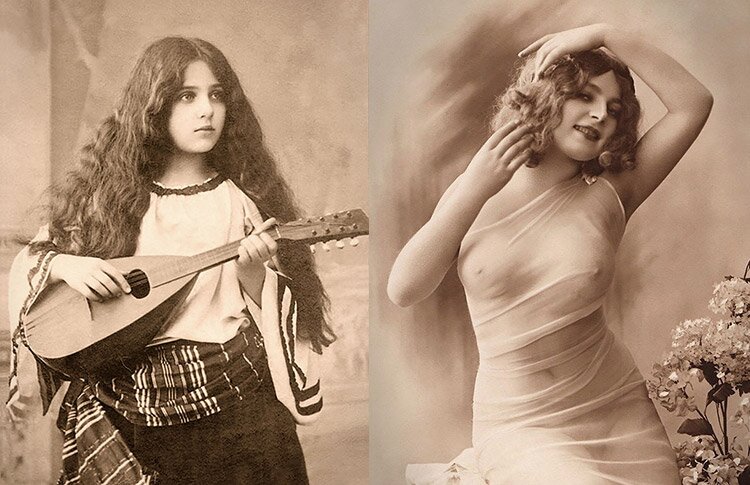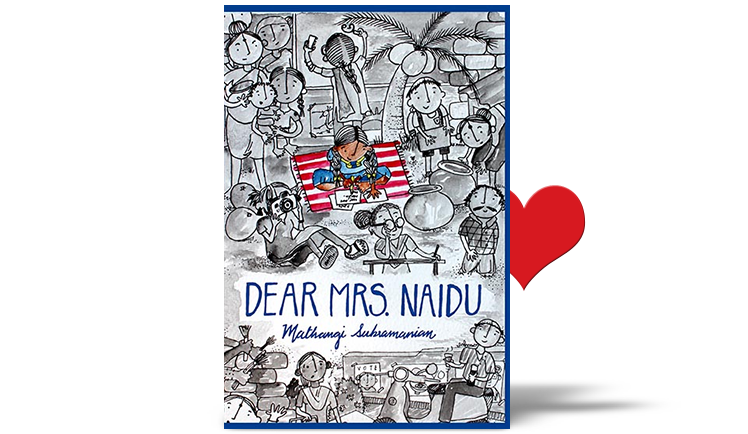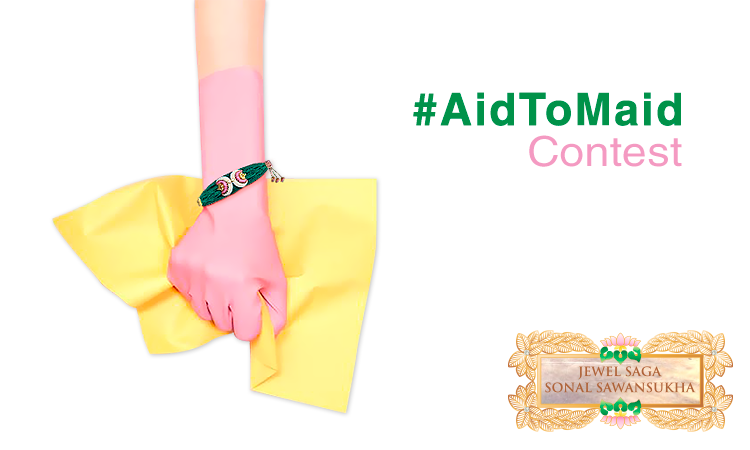
Jayati Godhawat
JWB Blogger
Sudhir Kasliwal Talks About ‘Capturing’ True Rajasthan That Is Beyond Its Forts
- JWB Post
- April 6, 2016

A fifth generation jeweler, carrying on the legacy of the prestigious Gem Palace of Jaipur, an impassioned photographer, a vintage car enthusiast, and a wanderer, Sudhir Kasliwal, is a dapper personality that adorns all these titles with pride and delight.
In his words, “No doubt, I am 100% a jeweler. But, photography is my passion.”
Sudhir Kasliwal will be exhibiting his work at , at Bikaner House, New Delhi from April 10 – April 17.
Sudhir is known for his depiction of Rajasthan in its absolute and existent form, and so, JWB took the opportunity to talk to him and know more about his photography.
“Rajasthan, for ages, has been publicized to the world as just the land of forts and palaces. Rajasthan has been captured by foreign photographers either for its grandeur in terms of its Havelis and historical monuments or for the display of the poverty and hunger in India.”
“Being a ‘theth’ Rajasthani, born and brought up in Jaipur, I knew that our place is much more than that. So, through my lens, I picture a colorful and happy life of Rajasthan. My photography emits positivity and pride in our place and country.”
Summarizing the essence of his photographic vision, he said,
“Kapde phatehaal ho, kise parwah hai, ghar hai chota, koi bade TV radio nahi, koi shikwa nahi. Humari khushi duniadaari ki mohtaaj nahi. Hume garv hai khud par. Rahte hai shaan se aur rahege.”
Sudhir also shared his thoughts on the core foundations of photography.
“Photography technically has become easier and simpler. Still the basic rules and principles of this art remain the same. A true photographer, first pictures in his head, and then capture it in the lens. One must have an eye for the composition and the thorough understanding of its root principles.”
Sanchit, our photographer, was so mesmerized by his words and knowledge; he left the camera and sat to listen intently.
Sudhir showed us a variety of his photographic collections on architecture, historical monuments, people, melas (fairs), village life, etc.
“I take simple and straight shots of things. I like to capture things as they are. The beauty lies in the unusual angles I shoot them from. Today, most photographers run behind taking that perfect shot of everything and they fail to see the beauty in the things existent.”
Reminiscing about his childhood days and the numerous nights spent in the darkroom to develop a perfect picture, he shared,
“My first camera was a box camera. Then I had a Leica camera through which I had clicked most of my photos. At that time, not only the camera equipment were expensive, but they were also not easily available in India. The films were costly, and there was nothing like Photoshop. The editing was done manually in the darkroom. It took hours to get a photograph right.”
He added,
“I remember how I used to get teased by my friends for staying up late and working in the dark room for nights. They would ask me the purpose behind creating the “perfect” photographs. And, I countered them saying ‘Just like you get “Kick” with drinking that whiskey, I get mine after developing a perfect shot.“
He fondly recounted many of his photography sessions and incidents,
“My interest area has always been the life and people of Rajasthan. So, I enjoyed going to melas where many people unite and celebrate. In one such fair, I saw a lady on a bailgaadi (bullock-cart), leaning back on the cart, relaxed, and puffing on a beedi. Such was the poise and aura that I impulsively took a shot. But when I moved forward to take some close ups, she saw me and trashed the beedi and came to me to inquire about what I was clicking.”
He recalled,
“This picture was taken when I visited Kanota with many other prominent and Padamshree Award winner-photographers. I remember that along with my friends, on Sundays, we drove to the nearby villages with my camera hung on the shoulder all the time.’
His work has been appreciated worldwide. One of his clicks has been included in the permanent archives of National Centre of Performing Arts Mumbai. His photograph titled ‘Happy Family’ won the World Photography Contest organized by UNESCO in 1993. He was also awarded ‘Tamra Patra’ by the Rajasthan Governor for his contribution to photography in Rajasthan.
His view on Rajasthan is as lively and colorful as its portrayal in his shots and prints.
“I see Rajasthan in the bright, vibrant colors of ochre and red which most of my shots display in abundance. The flashy colors of women’s clothes and men’s turbans, the jewelry and ornaments that they wear, and most importantly the pride and satisfaction that their faces and smiles reflect, fill this land of sand & desert with exuberant life and colors.”

Photographer
- 0
- 0













